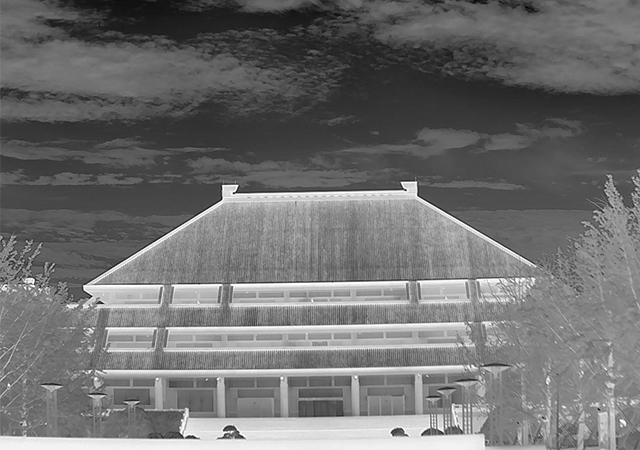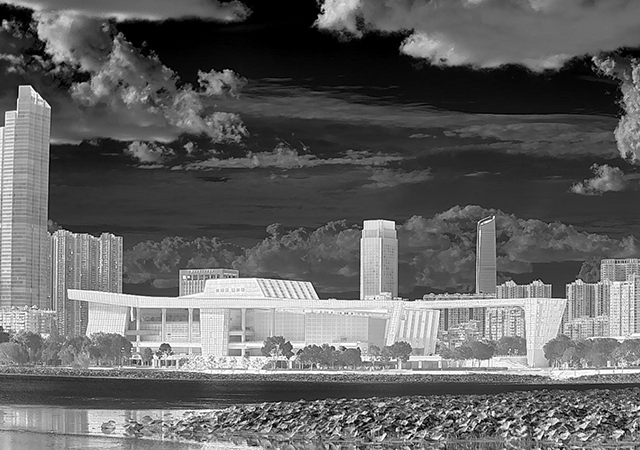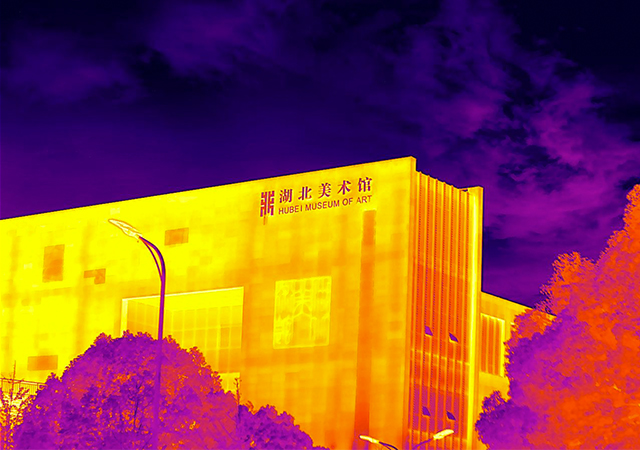In the realm of infrared technology, HOT (High Operating Temperature) cooled infrared detectors have revolutionized the way we detect and measure thermal radiation. These detectors are capable of functioning at higher temperatures without compromising their performance, making them particularly valuable in various applications. This article delves into the world of HOT cooled infrared detectors, exploring their working principles, benefits, applications, and the latest advancements in this field.
Understanding HOT Cooled Infrared Detectors
Infrared detectors are devices that sense and measure the infrared (IR) radiation emitted by objects and convert it into electrical signals. Traditional cooled infrared detectors relied on cryogenic cooling methods, requiring extremely low temperatures to maintain their sensitivity. However, HOT cooled infrared detectors operate effectively at significantly higher temperatures, typically ranging from -40°C to 100°C, without losing their performance.

Working Principles
HOT cooled infrared detectors incorporate advanced technologies such as microbolometers, ferroelectric, and pyroelectric materials to detect and measure infrared radiation. Microbolometers are an integral part of these detectors, consisting of tiny resistive elements that change their electrical resistance when exposed to IR radiation. This resistance change is proportional to the temperature variation, allowing for precise temperature measurement.

Benefits of HOT Cooled Infrared Detectors
1.Extended Lifespan
By operating at higher temperatures, HOT cooled infrared detectors experience less thermal stress, leading to improved device longevity.
2.Reduced Operating Costs
Eliminating the need for expensive, bulky cryogenic cooling systems significantly reduces overall maintenance costs associated with traditional infrared detectors.
3.Enhanced Portability
The absence of cryogenic coolers in HOT cooled detectors enables the development of smaller, lighter, and more portable devices.
4.Faster Startup Time
HOT cooled detectors eliminate the warm-up time required for cryogenic cooling systems, enabling rapid deployment in critical applications.

Applications
HOT cooled infrared detectors find applications in various fields that benefit from non-contact temperature measurements and thermal imaging. Some notable applications include:
1.Security and Surveillance
HOT cooled detectors play a crucial role in night vision systems, monitoring perimeters, and ensuring public safety by capturing and analyzing thermal signatures.
2.Scientific Research
In areas like astronomy and atmospheric studies, these detectors aid in gathering valuable data on celestial objects, weather patterns, and environmental phenomena.
3.Industrial and Manufacturing
HOT cooled detectors are vital for thermal inspections, ensuring quality control, and detecting abnormalities in industrial processes, such as air leaks or equipment malfunctions.
4.Medical Imaging
Infrared detectors assist in medical imaging techniques like thermography, helping in early detection of anomalies, monitoring blood flow, and assessing tissue health.
5.Firefighting and Emergency Response
HOT cooled detectors enable firefighters to navigate through smoke-filled areas, locate victims, and identify hotspots during rescue operations.

Advancements in HOT Cooled Infrared Detectors
Researchers and engineers continually strive to improve HOT cooled infrared detectors to enhance their sensitivity, resolution, and range. Some notable advancements include:
1.Multispectral Detection
HOT cooled detectors now offer the capability to capture infrared images across multiple wavelengths, providing more comprehensive and detailed information.
2.Integration with Artificial Intelligence
Combining HOT cooled detectors with AI algorithms enables intelligent image interpretation, facilitating automated analysis, object recognition, and anomaly detection.
3.Higher Frame Rates
Innovations in detector technology have led to improved frame rates, enabling real-time imaging for dynamic applications such as robotics and autonomous vehicles.
4.Higher Resolution
Ongoing research aims to enhance the resolution of HOT cooled detectors, enabling finer details and sharper images in various imaging systems.
HOT cooled infrared detectors have played a pivotal role in advancing various industries that rely on non-contact temperature measurements and thermal imaging. With their ability to operate at higher temperatures, these detectors have brought about benefits such as extended lifespan, reduced costs, enhanced portability, and faster startup times. As technology continues to evolve, the advancements in HOT cooled infrared detectors will foster even greater innovation, enabling us to explore new frontiers and applications.
Go Top